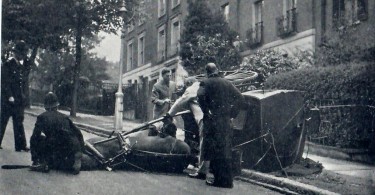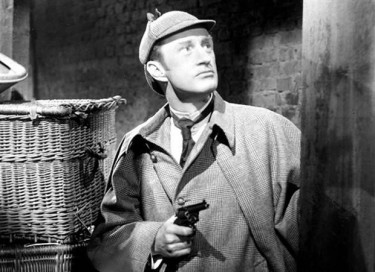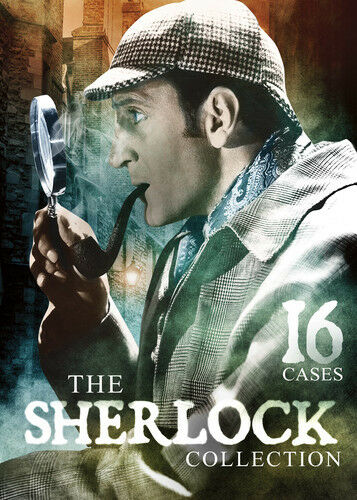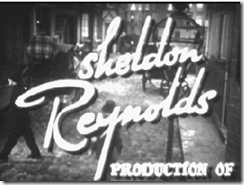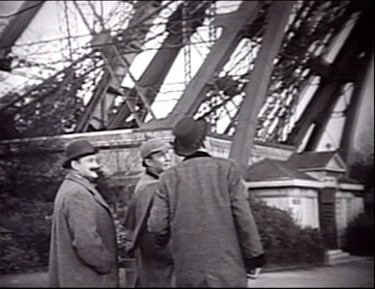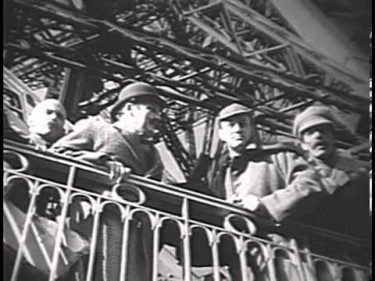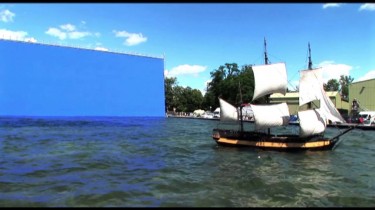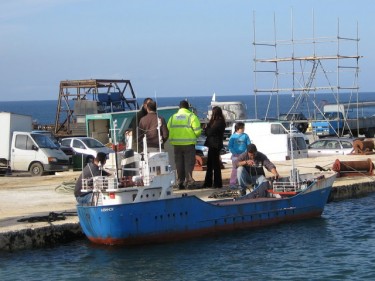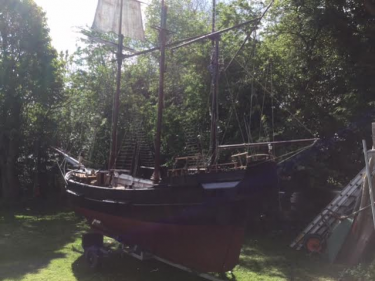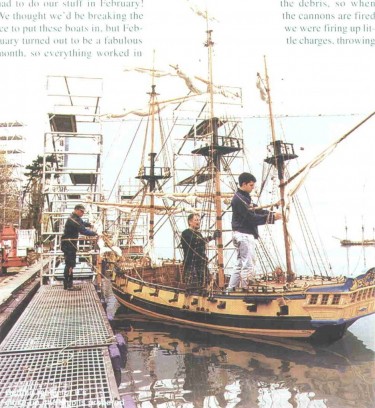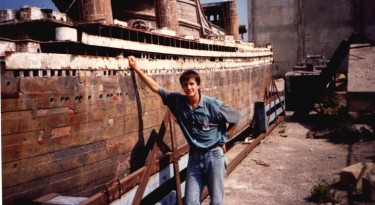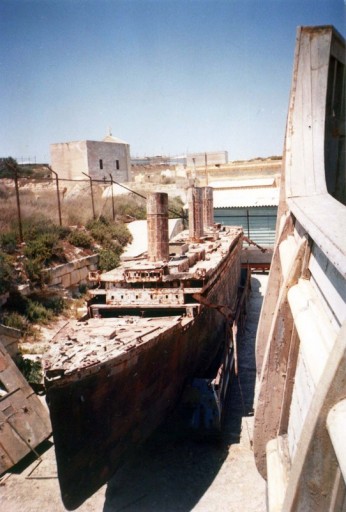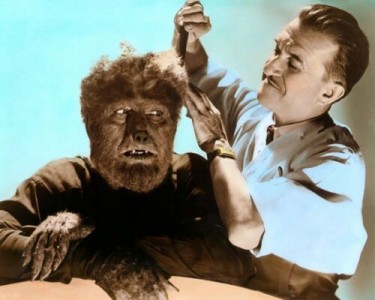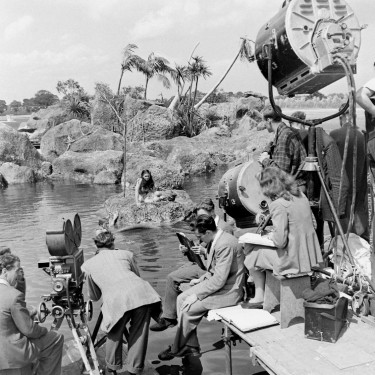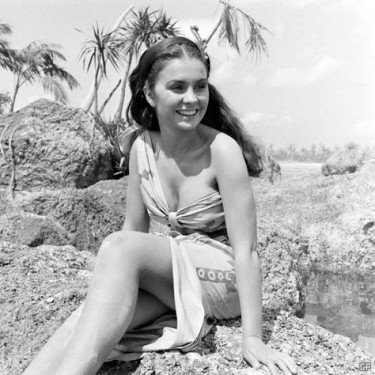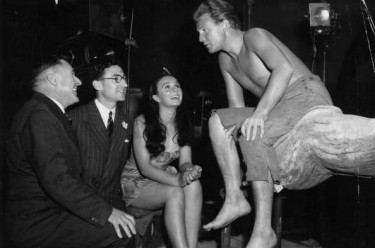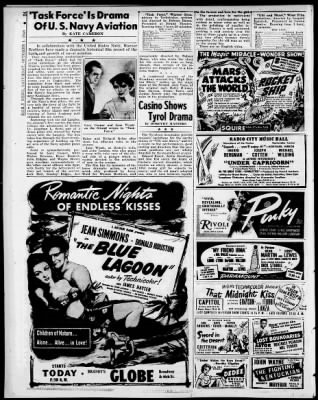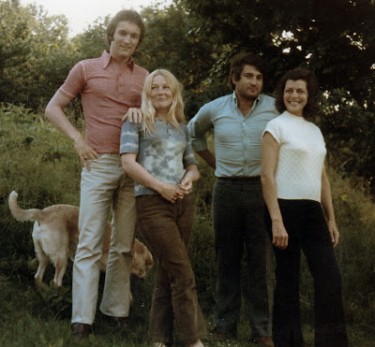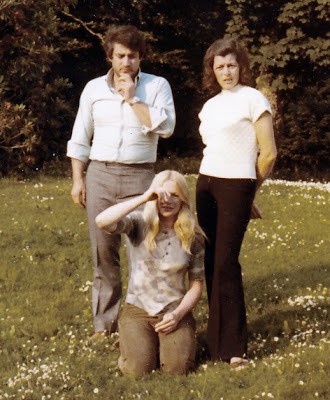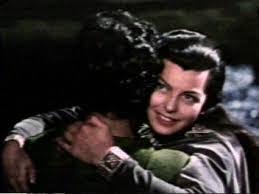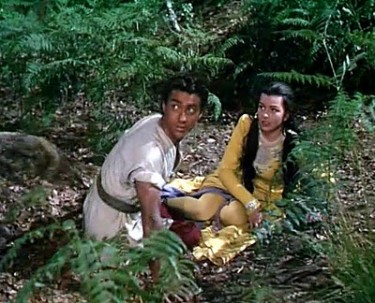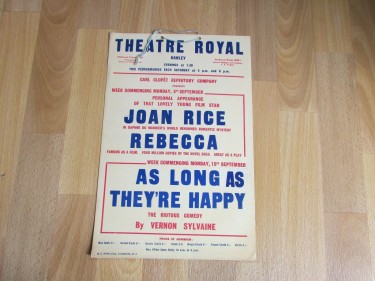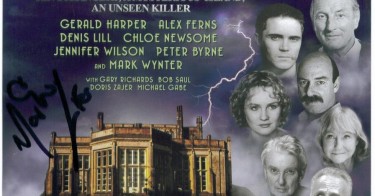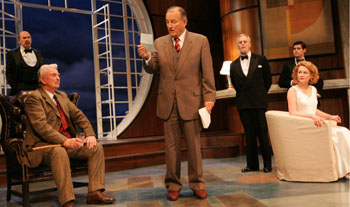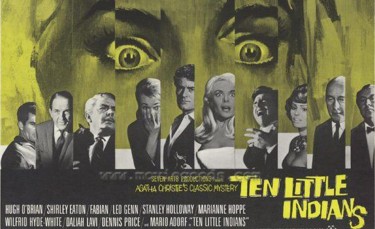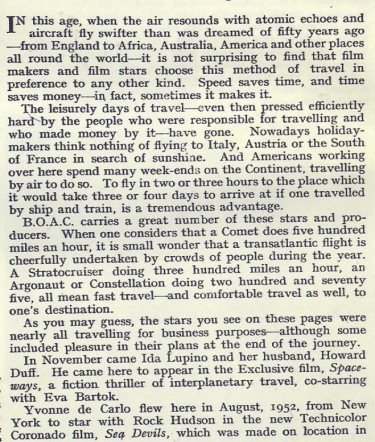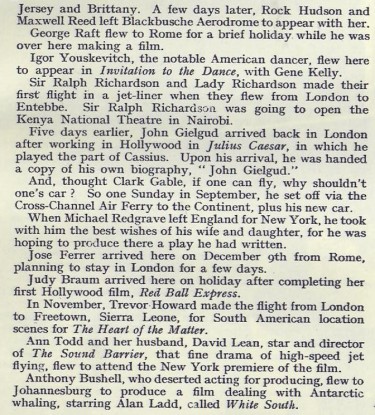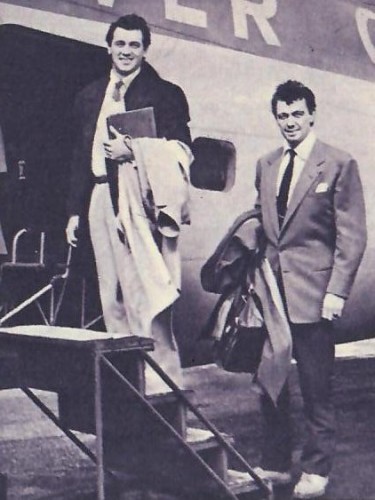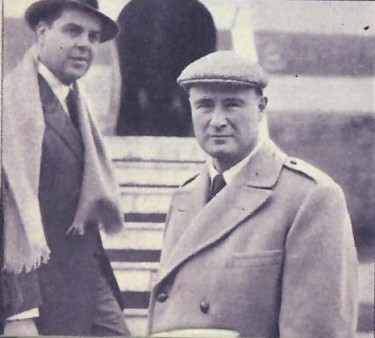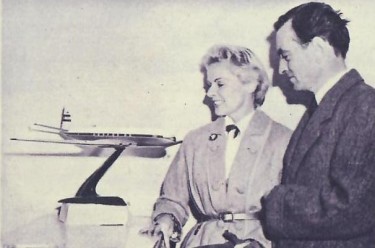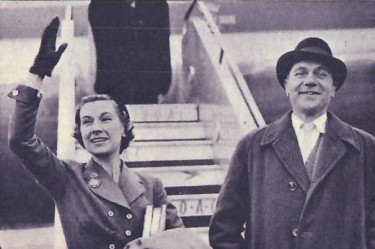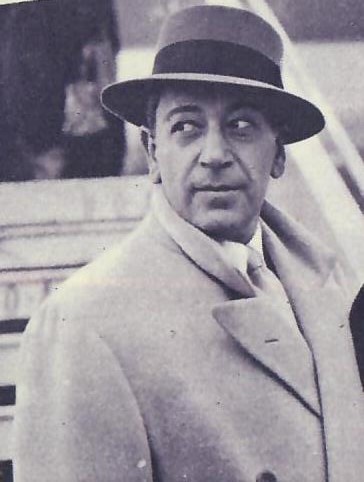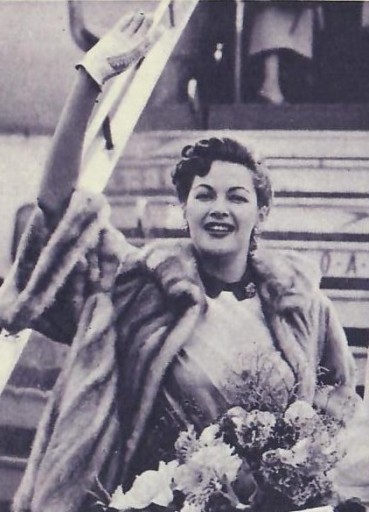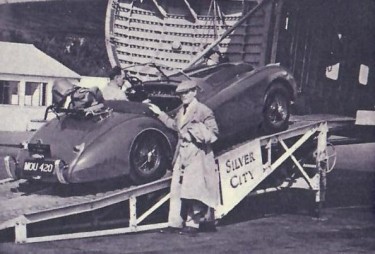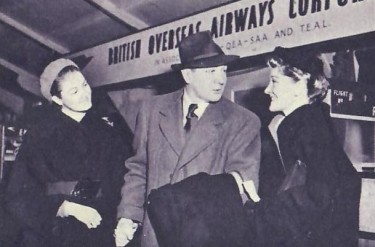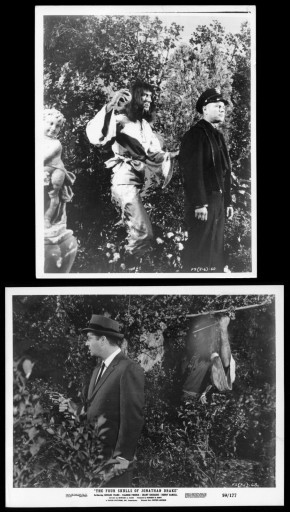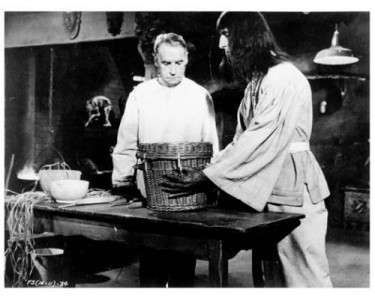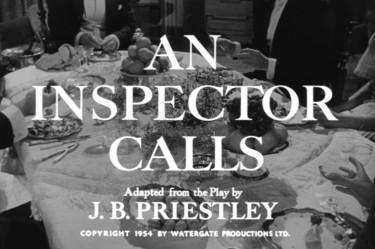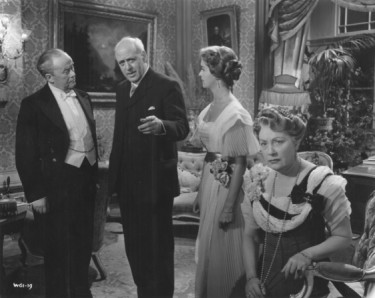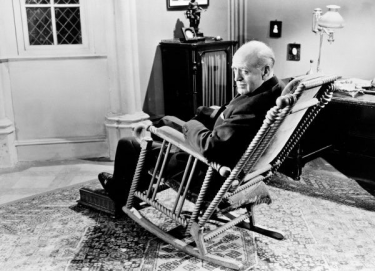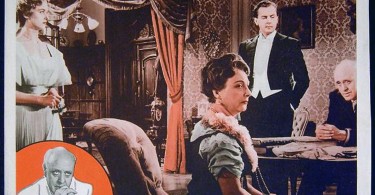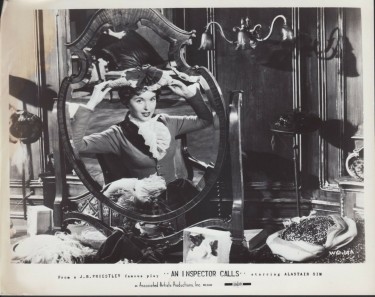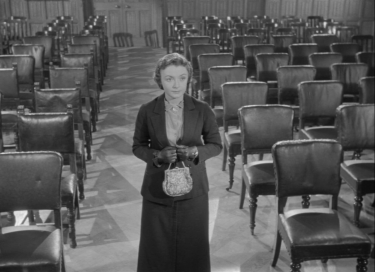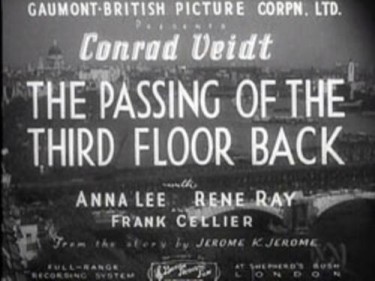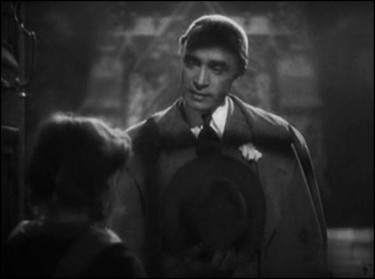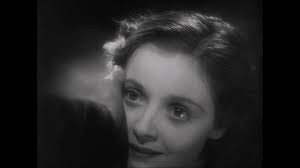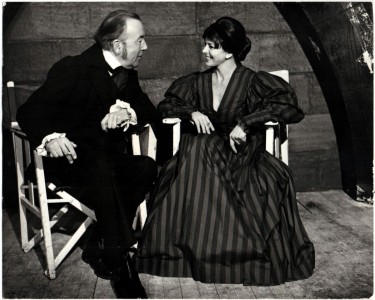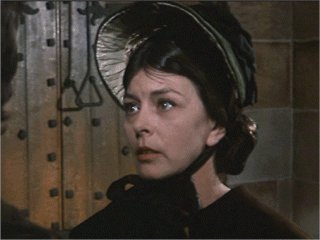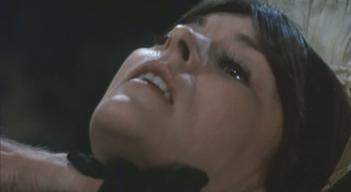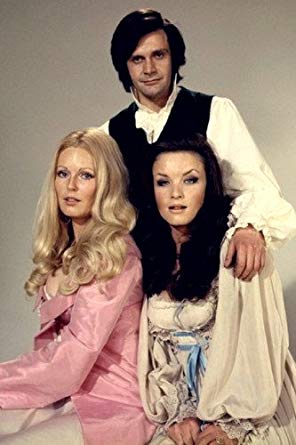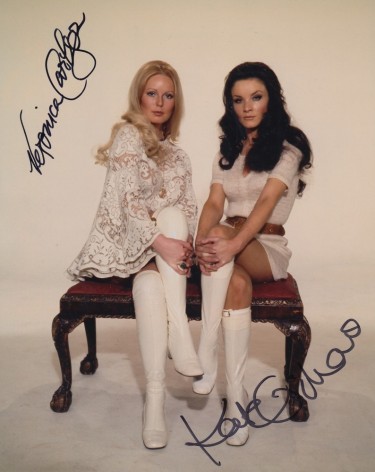In the early Fifties, a US Company produced a series of the Sherlock Holmes stories with Ronald Howard as Holmes and Howard Marion Crawford as Watson.
LeStrade was played by Archie Duncan – we all remember him from his role as Red Gill in ‘The Story of Robin Hood and His merrie Men’ in 1952 for Walt Disney – and also his portrayal of Little John in the ITV ‘Adventure of Robin Hood’ Series with Richard Greene.
I can’t remember this Sherlock Holmes series at all – I would have been very young at the time – but normally I have a good recollection of programmes that were shown in those early years. I have since read that this series was not shown in Britain – I can’t imagine why – although I have checked again and it seems this was not shown here which seems remarkable.
The ABOVE picture is a location scene being filmed in the Westminster area of London – what is described as a ‘quiet London by-way’. I cannot imagine any such quiet location in that area now – although maybe on a Sunday morning early on it would be OK.
And BELOW a picture from the recent DVD release of this series
It looks from the picture ABOVE that Ronald Howard played Sherlock Holmes much as Basil Rathbone had done – set in the forties or a little earlier – I am assuming this from his costume and his revolver, although in an interview he claimed that not to be the case.
Sheldon Reynolds, an American producer, went to England looking for an actor to cast as Holmes in a new television series that he was producing. Alan Wheatley had appeared in six televised plays ( televised live – as they were in those days) for the BBC in 1951.
He found Ronald Howard, son of the famous English actor Leslie Howard.
Ronald Howard sold his house and took his family to France in early 1954. The entire series was to be shot there to save on costs. So here was an American producer, with a British Sherlock Holmes, shooting a television show in France.
Under The Eiffel Tower ABOVE
On The Eiffel Tower ABOVE
Leslie Howard was 35 years old and could sometimes pass for about ten years younger. This was not the Basil Rathbone image that had dominated movie screens in the forties. Howard summed up his approach by saying “In my interpretation, Holmes is not an infallible, eagle-eyed, out-of-the-ordinary personality, but an exceptionally sincere young man trying to get ahead in his profession.” Howard would play Holmes as an earnest, gifted young man with a sense of humor.
Howard Marion Crawford (referred to as H. Marion Crawford for the series, presumably to avoid confusion with Ronald Howard) was selected as Watson. Howard felt that Crawford was a good choice. .
John H. Watson was about 29 years old when he first met Holmes. Crawford was 40 when the series was filmed, but looked a bit younger. Reynolds and Crawford faced a dilemma in how Watson should be presented. After the twelve Rathbone films made for Universal, Nigel Bruce had played Watson as a buffoon. This was the image that it seemed everyone had of the good doctor. The problem was that Conan Doyle had painted a very different picture in the original stories.
Howard Marion Crawford would play a solid Watson, not afraid to use physical means to help Holmes, such as in The Cunningham Heritage. On the other hand, he would sometimes be not much of an accomplice in crime solving, as in The Case of the Belligerent Ghost.
We were spoiled by the readily available performances – done much later – by David Burke, and then Edward Hardwicke, in the Granada series when Jeremy Brett played Holmes.
Howard Marion Crawford, sadly, died in 1969 from an overdose of sleeping pills.
Archie Duncan was cast as Inspector Lestrade. Howver where Crawford did not portray the imbecile, Archie Duncan did. As far as thinking went, Lestrade was just about as useless as Dennis Hooey’s portrayal had been in most of the Basil Rathbone films.
Apparently – and incredibly – each episode was filmed in about four days which meant that Leslie Howard had to get up early in the morning to learn his lines for the day’s shoot.
One feature of note was the Baker Street lodgings, designed by the same man who did the Exhibition of 1951 in London. It is quite possibly the best on-screen re-creation of 221B Baker Street yet seen. From the jackknife in the mantle to “VR” in carved out by pistol shots from Holmes, it captured the feel of Conan Doyle’s descriptions.
Sheldon Reynolds, a canny producer, had considered that the pilot might not sell. So, he made sure that the next two episodes could fit together with the first. That would allow him to combine them into one film, which he could then distribute, but in fact the pilot did sell and NBC televised it in America starting on October 18, 1954.
There were thirty-nine episodes in all and some discussion of another season, but that did not happen. It seems possible that if there had been more strong scripts, or a few more official tales licensed from the Conan Doyle estate, more episodes would have followed.
However it turned out to be a one-season series and Leslie Howard moved his family back to England – his portrayal of the great detective came to an end.
It was very good while it lasted
These episodes are available on DVD and they have been re-mastered so should be in good order to watch. I think I will.
